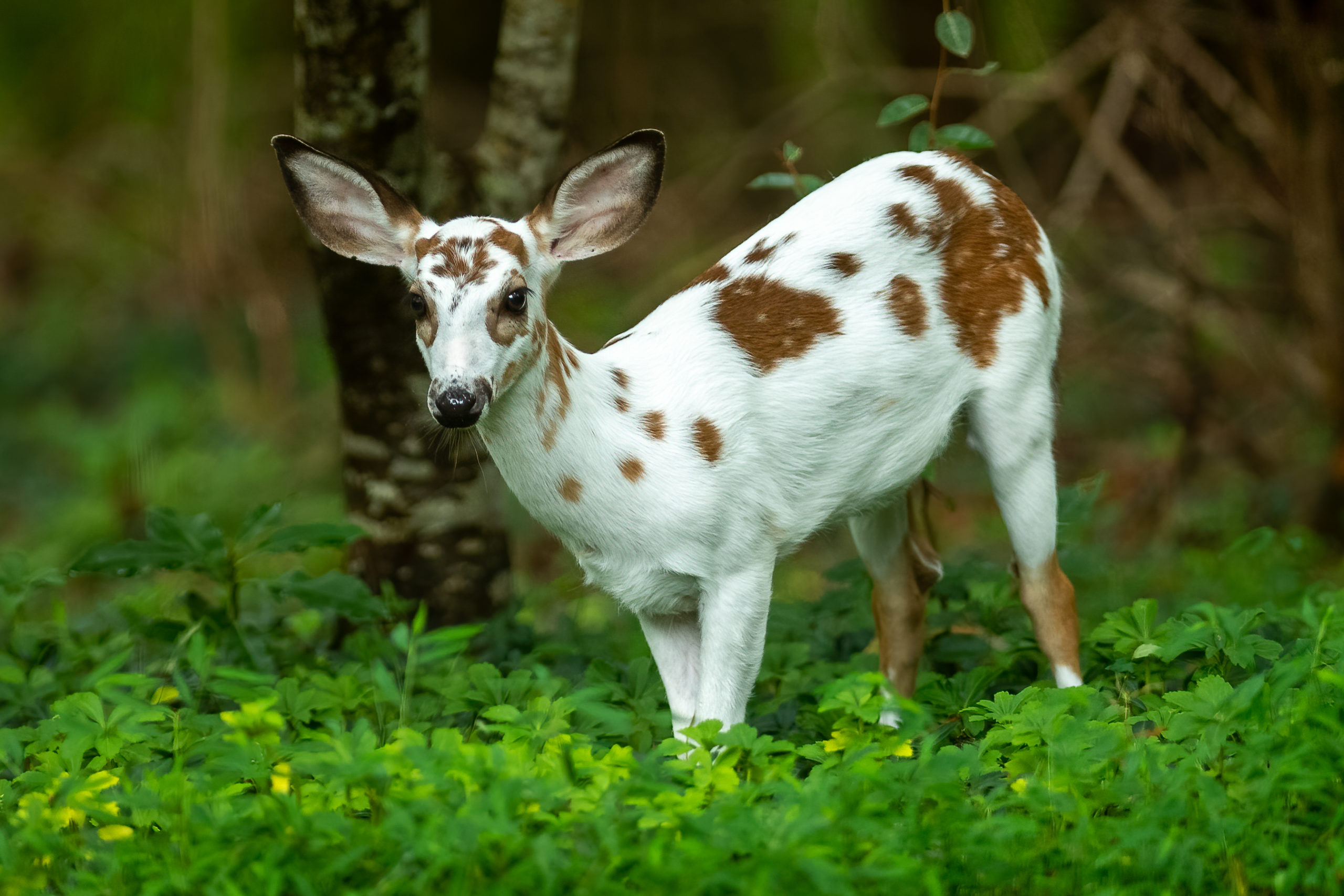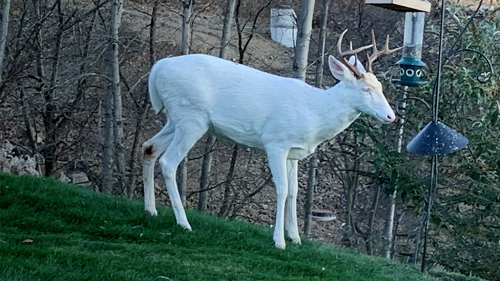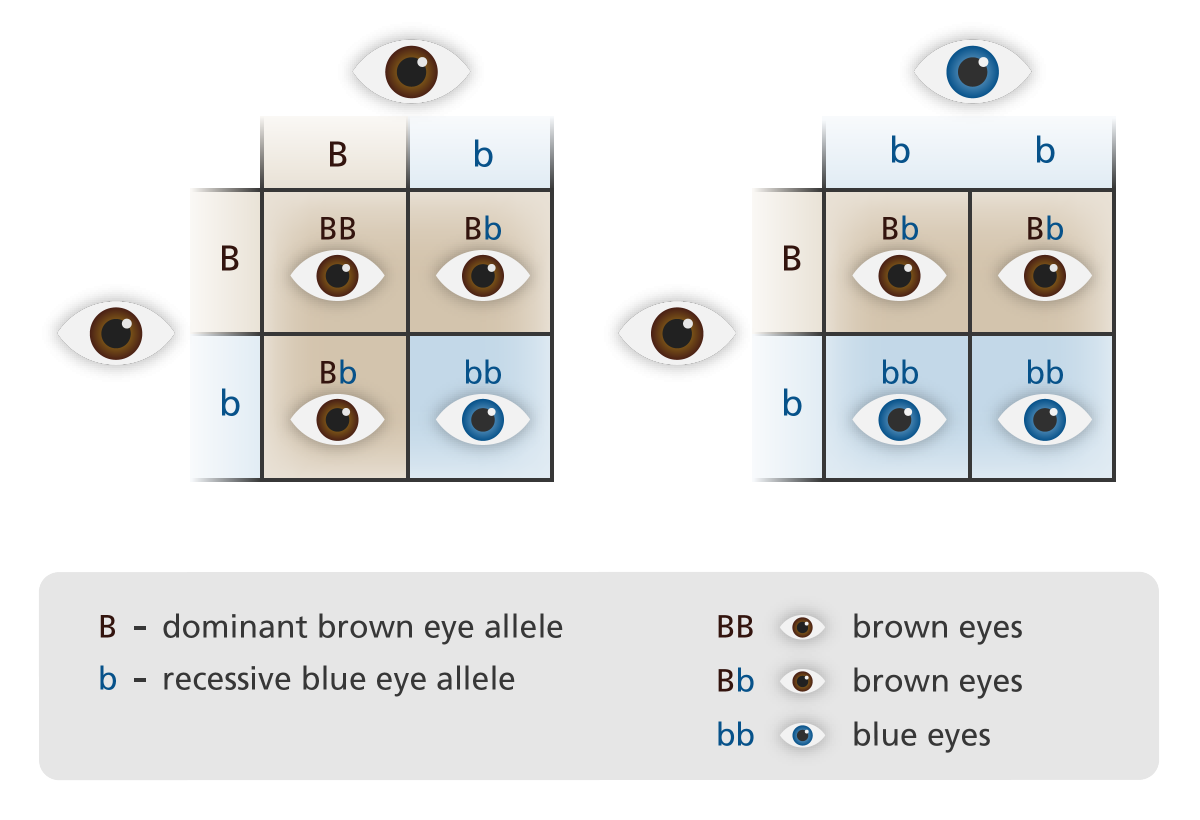The other day I was walking the Noland Trail as usual, and out of the corner of my eye I saw what appeared to be a dog off the leash! It is my duty as a Park Ranger to ensure that all canines and wild animals are safe within the Park, so naturally, I started to head that way. To my surprise, I realized that it was not a dog off the leash at all, but what appeared to be a white deer! After snapping some photos, I headed back to the office to dive into research.

Piebald deer v.s. albino deer
What I saw that day is known as a piebald deer. If you are a regular visitor to our Park, then you have probably seen plenty of whitetail deer. Our Park is home to many. Piebald deer are whitetail deer with a genetic mutation. Piebald deer have varying amounts of white and brown hair, black hooves, and brown eyes and nose. This mutation is also sometimes called leucism. Leucism more broadly refers to abnormal deposition of pigments. Leucism may cause pale or muted colors, or the irregular coloration known as piebald.
Comparatively, albino deer are completely absent of body pigment and have pink eyes, nose and hooves. Studies indicate that less than 2% of whitetail deer are piebald, even more rare are albino deer.


The Genetics
Albinism and piebaldism are both recessive traits, so both parents must be carrying the gene in order to have a child that shows them.

You may remember this from biology class, and you may not! As I mentioned above, the traits for albinism and piebaldism are recessive. This means both parents must be carrying the gene to have a child that is albino or piebald. Now this does not necessarily mean one of the parents is albino or piebald, deer can carry the traits for albinism and piebaldism without displaying it themselves.
Compare this to a child that has blue eyes, but both parents have brown eyes. Both the parents carry the trait for blue eyes, but because the trait for brown eyes is dominant, that is what they will display.
This is one of the reasons why piebaldism and albinism are so rare in whitetail deer.
Disadvantages
Additionally, piebaldism and albinism are rare due to the disadvantages that having these genetic mutations come with. In the wild, being albino or piebald is a huge disadvantage as these deer are more visible to predators. In The Mariners’ Park this is not necessarily a problem for albino and piebald deer, because there are not as many predators as in the wild and there is no hunting allowed in the Park.
In addition to being more visible to predators, albinism and piebaldism comes with a few more disadvantages. Deer may have vision deficiencies and physical abnormalities, such as deformed hooves, shorter legs, and arched spines. These characteristics also contribute to less albino and piebald deer surviving in the wild, therefore not passing on their genes.
Legends of White Deer
As if spotting a piebald or albino deer wasn’t cool enough, there are many legends that surround white deer specifically. European, Hungarian, Celtic, and Native American mythology all have legends surrounding white deer. Some cultures regard it as good luck, others view white deer as messengers from “the other world.”
Mariners’ Park
Next time you are enjoying a hike on the Noland Trail, keep your eyes open for a piebald or albino deer! You never know what you might see. Thanks for keeping our Park wild.
Sources
Delano, Austin. 2019. “Piebald and albino deer: one in thirty thousand.” Mossy Oak Blog. R.f.https://www.mossyoak.com/our-obsession/blogs/deer/piebald-and-albino-deer-one-in-thirty-thousand.
Desmond, Kate. 17 November 2017. “What to know about the rare but striking piebald deer.” R.f. https://www.simplemost.com/know-rare-striking-piebald-deer/.
The Cornell Lab. N.d. “Albinism and Leucism.” R.f. https://feederwatch.org/color_variant/albinism-and-leucism/.
Muller, Peter. N.d. “The white deer of the seneca army depot.” Brittanica. R.f. https://www.britannica.com/explore/savingearth/the-white-deer-at-the-seneca-army-depot.
N.a. N.d. “White deer culture and history.” R.f. https://protectthewhitedeer.com/whitedeer-in-myths-and-legends